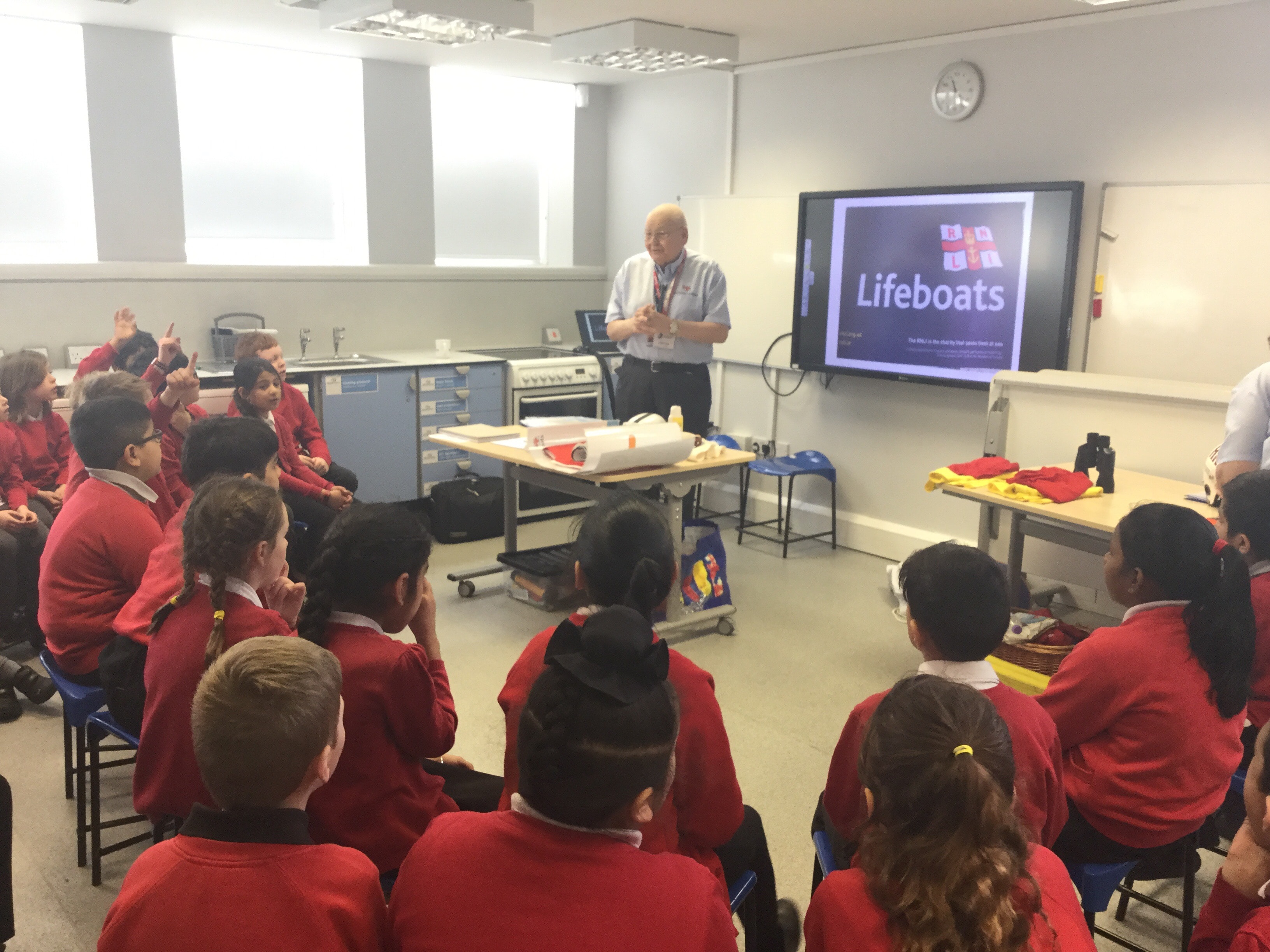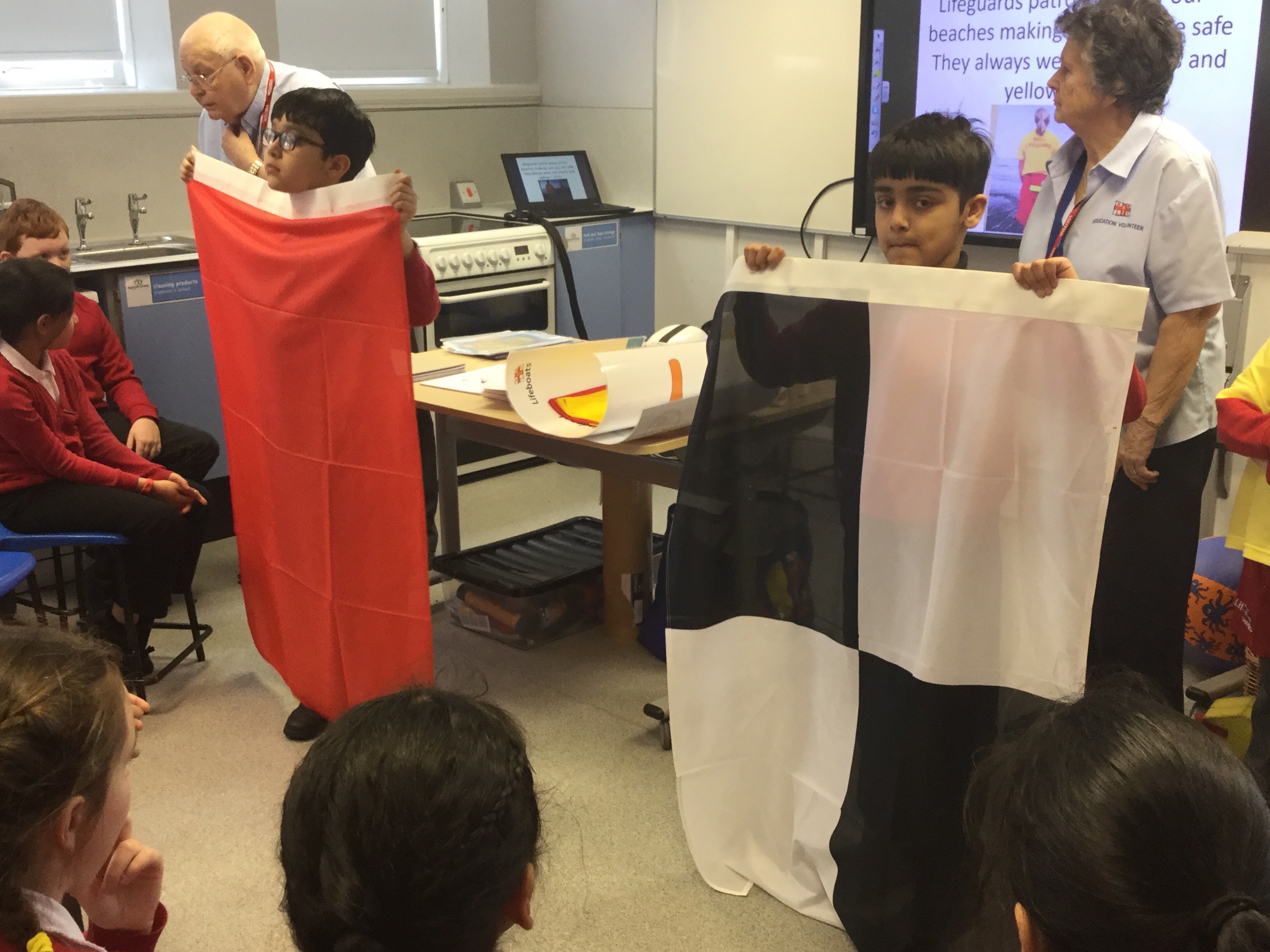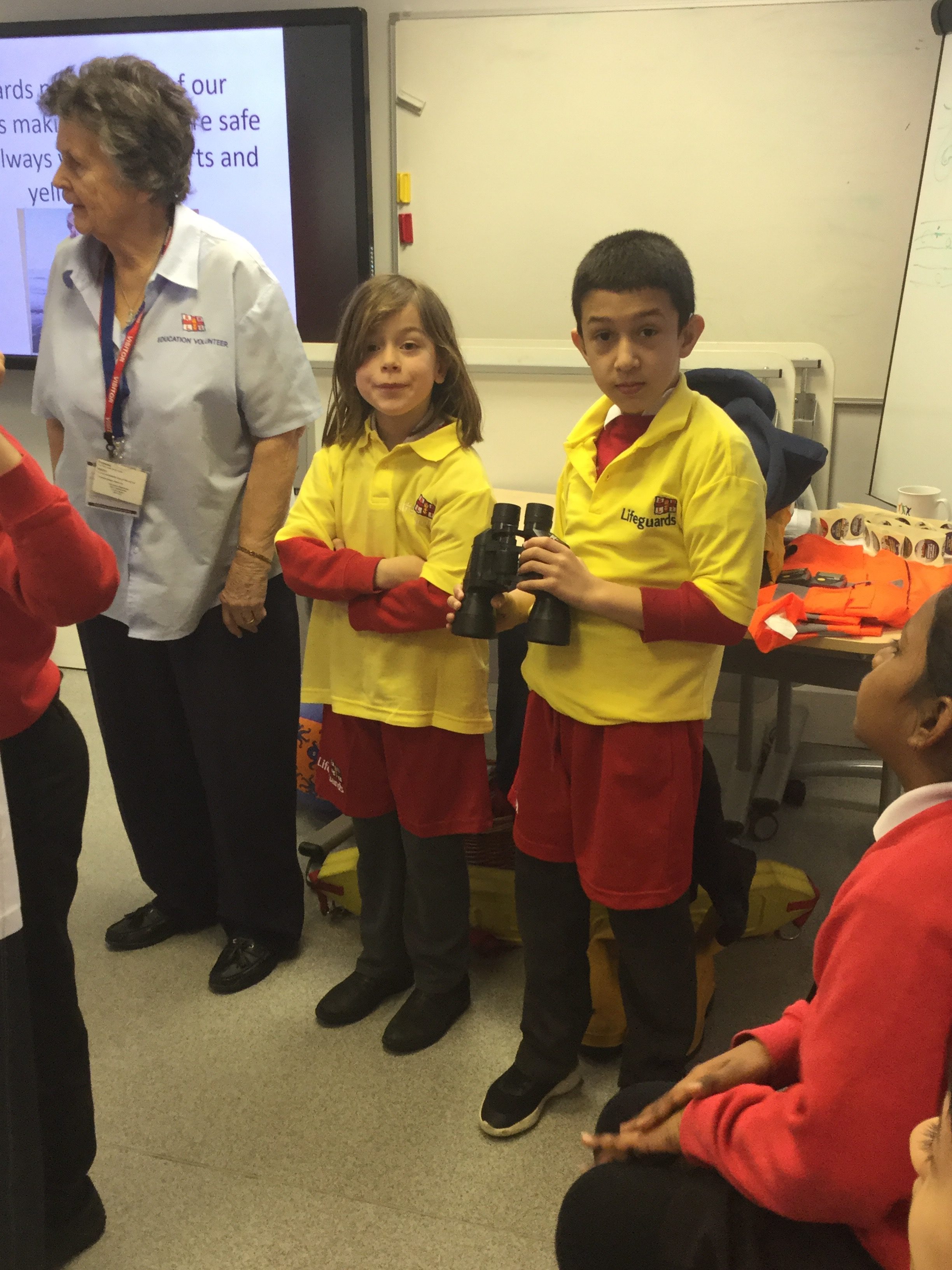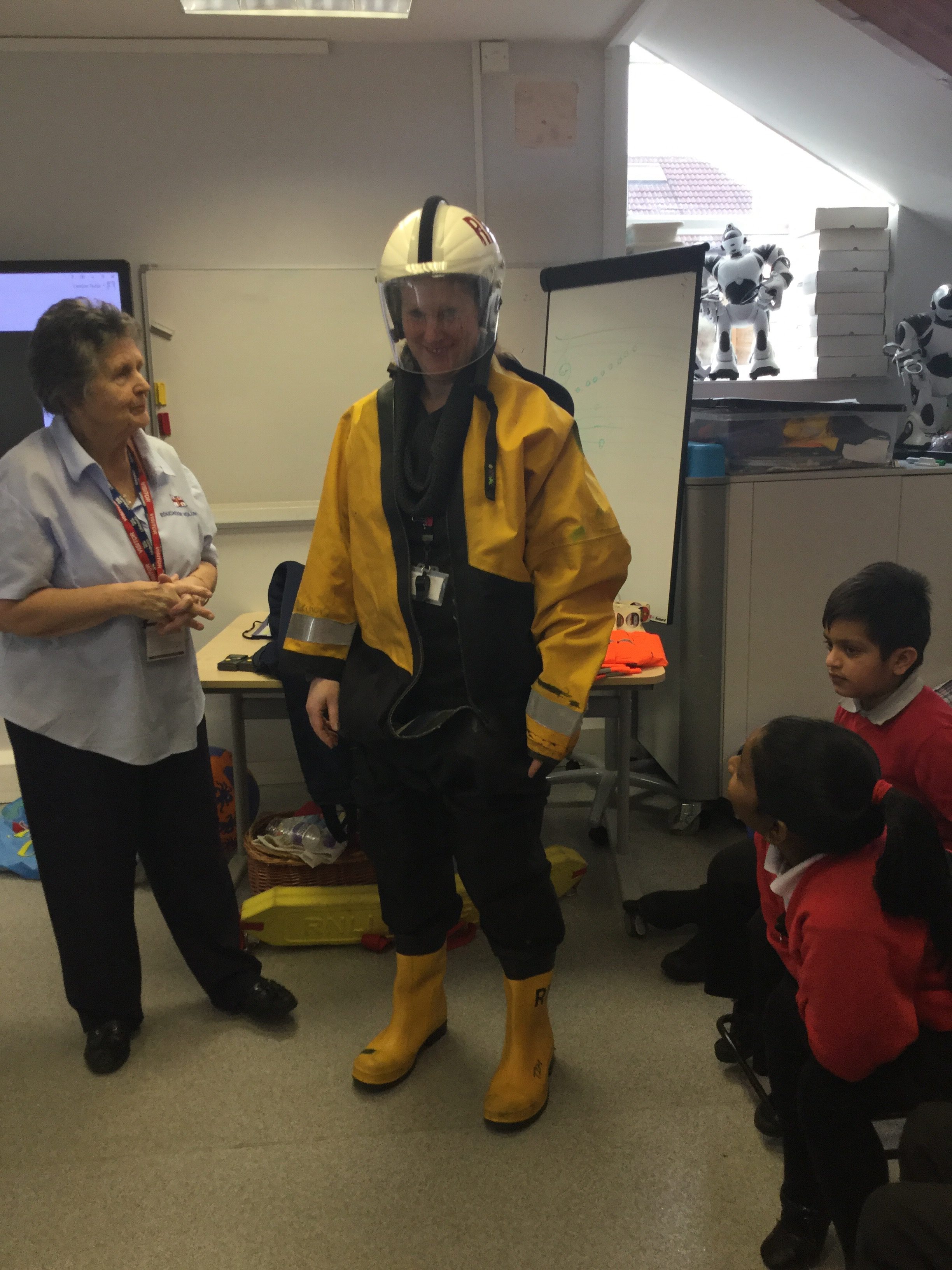Living and Learning
Today, Year 3 and 4 discussed what consent is.
Daisy: “It’s when someone gives you permission to do something.”
Harman: “It’s when you need to ask your parents to do something.”
Edris: “Consent is when I have permission to get a snack from the kitchen from my mum or dad. I have to ask them for permission first.”
Billy: “Consent is something you have.”
This opened up lots more questions such as
- Do we just automatically have consent straight away if we have asked for permission?
- Are our parents the only people who can give permission to us?
- Do we have the right to give permission or not give permission?
We talked about the fact that we need to always ask for consent when our actions affect someone else. For instance we need to ask for consent when:
- Making physical contact with someone – even giving them a hug.
- We want to play on our parents’ computer.
- We want to take a photograph of someone.
We practised doing this by throwing a beanbag across the classroom and always asking for consent to do so from the receiver. We also saw how important it was to give someone time to think, make their mind up, give us their response and not pressure them to hurry up. We showed respect to those that said no by accepting that no means no and not ever ‘ask me again in 5 minutes time’.
Year 3 and 4 practised using their voice and not giving in to peer pressure and copying what their friends did – maybe they didn’t want to catch the beanbag. This applies in lots of situations – everyone (young and old) has the right to say no and be respected. We need to make sure we are actively asking and listening out to hear for permission to be given or not.
We talked about our right to change our minds. Just because we are used to receiving a hug from a friend or have always had our picture taken for class news posts, doesn’t mean we have to keep on giving consent. We can say no and not be questioned on this. It is our right. This includes with our class teachers and other adults. With this in mind, we discussed feeling nervous or guilty about saying no. We discussed that the more we got used to doing it – and taking that safe risk of just saying no – the easier it would become. We also shared that if we had any worries about this we could always talk to an adult or a teacher for some help.
Sun Safety
Today, as part of our themed week, the children learnt about the risk factors associated with the sun. On top of this, we also thought about all the benefits that sunlight provides us with.
It is very important that we know how to look after our bodies at all times. We do this from the inside with a balanced diet and exercise, but also from the outside with protective clothing and following health and safety rules. One thing that lots of people enjoy is being outside in the sun. It is important to understand that the sun can be damaging to our bodies if we don’t take precautions and protect ourselves from its powerful rays. The sun can be very strong even on days when it doesn’t feel very hot or there is a strong breeze in the air. We should take precautions at all times. As well as having harmful effects on unprotected skin, the sun can also benefit our bodies and can have a positive impact on our mood and other bodily functions.
We asked the classes to work in pairs and answer these given questions
Is the sun bad/good for you? 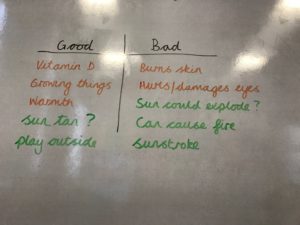
Why do we need the sun?
This work formed a good link to our current Science learning ‘investigating light.’
“The sun is our biggest source of light.”
Did you know that it takes about 8 minutes for the sunlight to be seen on the earth after it has left the sun?
“In very bright weather it is dangerous to look directly at the sun without protective glasses.”
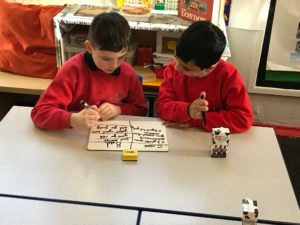
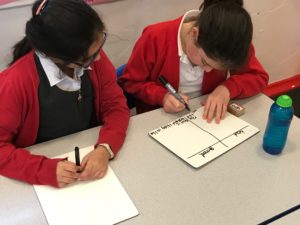

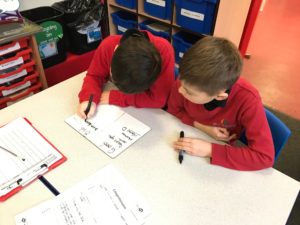
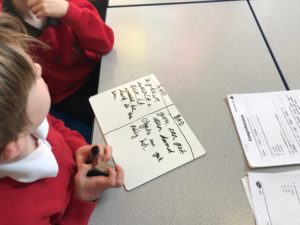
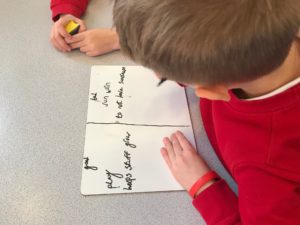
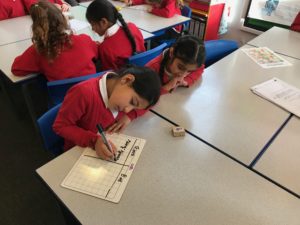 After completing and discussing the children’s responses, we all enjoyed a ‘Sun Safety’ spot the difference activity. Can you find all twenty differences between the pictures?
After completing and discussing the children’s responses, we all enjoyed a ‘Sun Safety’ spot the difference activity. Can you find all twenty differences between the pictures?
Leeds City cross country finalists
***UPDATE Edris has qualified for the West Yorkshire final next month. ***
Congratulations to our cross country finalists, Edris and Billy, who have competed today at Temple Newsam against children from schools across Leeds.
Well done for showing great determination throughout your races.
Living and Learning – Police Community Support
As part of staying safe in our environment, Year 5 were visited by some Police Community Support Officers.
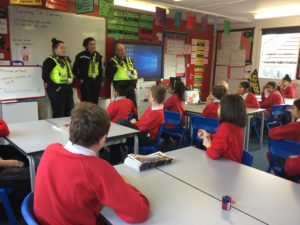

“If you’re worried about things at home, you can speak to these people and they will help.” – Nayaab
“If you’re being bullied, you can speak to them.” – Enas
“If people go missing, they can help find them and make them feel better.” – Poppy
Living and Learning – drug education
As part of staying safe at home, Year 5 used iPads to research different types of drugs, including different types of smoking and drinking alcohol.

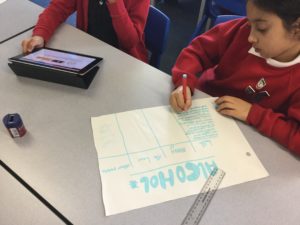
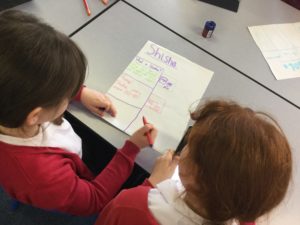
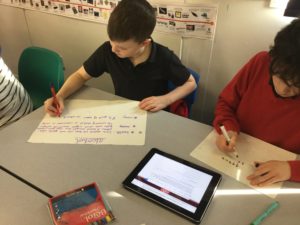
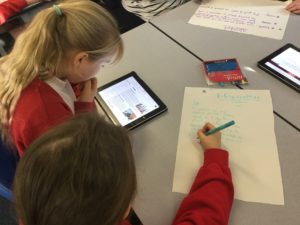
We researched cigarettes, e-cigarettes, shisha and alcohol to find out about the risks associated with health, cost, the law and other people. We presented our findings to the rest of the class.
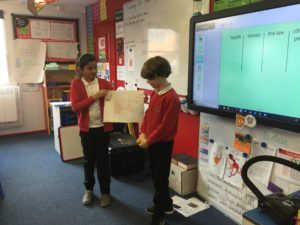
Peer pressure was something else we discussed…
“Peer means someone on your level and pressure means they are persuading you to do something but no means no.” – Gurnoor
“Consent means when you give your permission to do something.” – Rabiya
“If your partner says to you, ‘I smoked so you have to as well!’ you should say no and no means no.” – Nayaab
What if all my friends are doing it and I’m the only one left out?
“You could say that you won’t do it because it’s no good for your health and you shouldn’t care that you’re on your own.” – Sam
What if my friends say they won’t speak to me if I don’t?
“If your friends tell you that then get rid of those friends and find new ones because real friends wouldn’t say that to you.” – Darien
What if someone in my family does it and they’re healthy?
“They probably haven’t smoked for long and haven’t got the full effects of it yet. You still shouldn’t smoke.” – Dan
What if my favourite celebrity says it’s cool?
“You still don’t smoke because you might have another favourite celebrity that says it’s bad for you.” – Zara
You should always do your own thing and be an individual – don’t be a mindless sheep. Year 5 have done lots of research and know for themselves about the risks involved with these choices so they are mature enough to make the right decision for themselves. Well done, everyone!
Living and Learning – I stay safe online.
As part of our Safety themed week, Year 5 have been learning about staying safe online. Our first session was a drama workshop centred around a dystopian future where everyone has been sucked into a never ending game called Game Over.
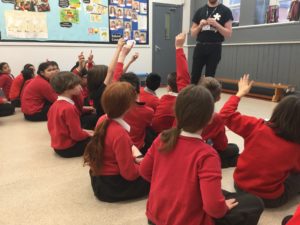
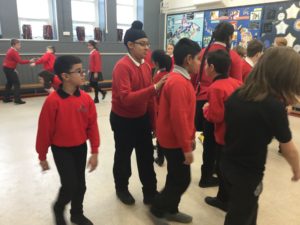
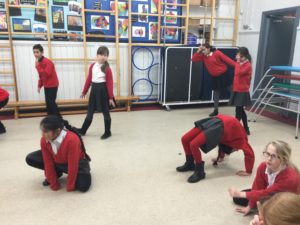
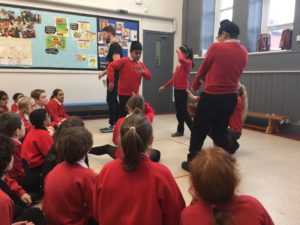
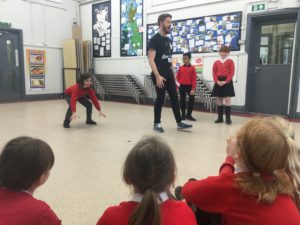
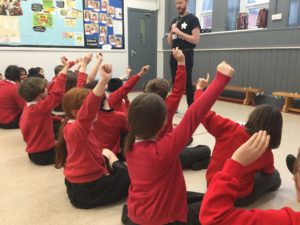
“I learnt about when people might be faking to be someone else. For example someone could say that they are someone else.” – Arundeep
“You have to make your password something people won’t be able to know easily like your favourite footballer, favourite food and favourite number. You’d have to be very close to that person to guess that stuff.” – Zak
“You can spend money on games. Try not to spend too much money and make the game forget the card.” – Henry
We also enjoyed a visit from one of our favourite guests – d:side.
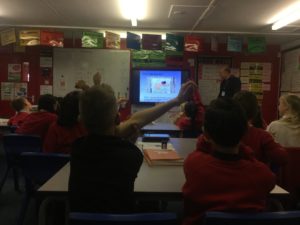
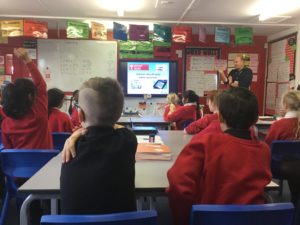
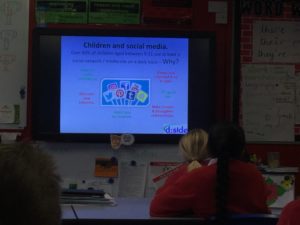

“Don’t chat with people you don’t know and don’t give out your personal information.” – Sam
“Set your social media accounts to private.” – William
“You don’t need more followers to be popular. You might not even know all of them. People with less followers could still be cool.” – Manpreet
“Someone may be different to what you see in a video game. If they say they’re 10, they might be 30-35. You should not friend them and don’t chat them and maybe block them.” – Ben
How to be safe near water
Year 3 had a visit from the Royal National Lifeboat Institution today! We reflected on top tips on how to be safe near water:
Sasha – “Always be between the yellow and red flags when swimming in the sea.”
Harman – “Don’t go on a boat without wearing a life jacket.”
Sam – “In an emergency at the beach call 999 and ask for the coastguard.”
Hope – “Always stay together.”
Can your child remember what slip slap slop slide and seek means?
Living and Learning: Staying Safe in school
I can stay safe in school is another one of our main areas of learning this week.
Year 2 looked at different areas of school to see what the dangers might be and how we can keep safe.
Do you recognise these places around school? How are they linked to staying safe?

Here is a summary of our learning for staying safe at school. Ask your child about their responsibility to stay safe at school.

Living and Learning: Staying Safe week day 3
We welcome four visitors to school today who will be giving a variety of staying safe messages as part of our themed week.
Thank you to Edinburgh Bicycle Cooperative who have been busy carrying out maintenance checks on lots of bikes and also delivering basic bike maintenance sessions to Year 5 and 6. Their shop is local in Chapel Allerton.
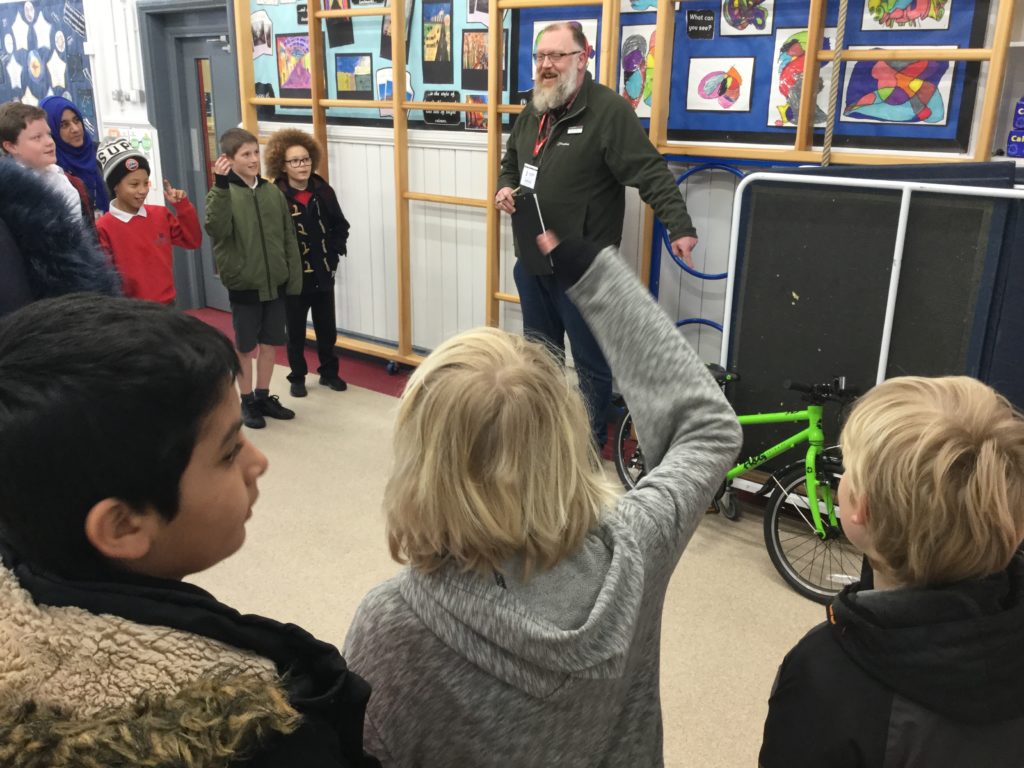
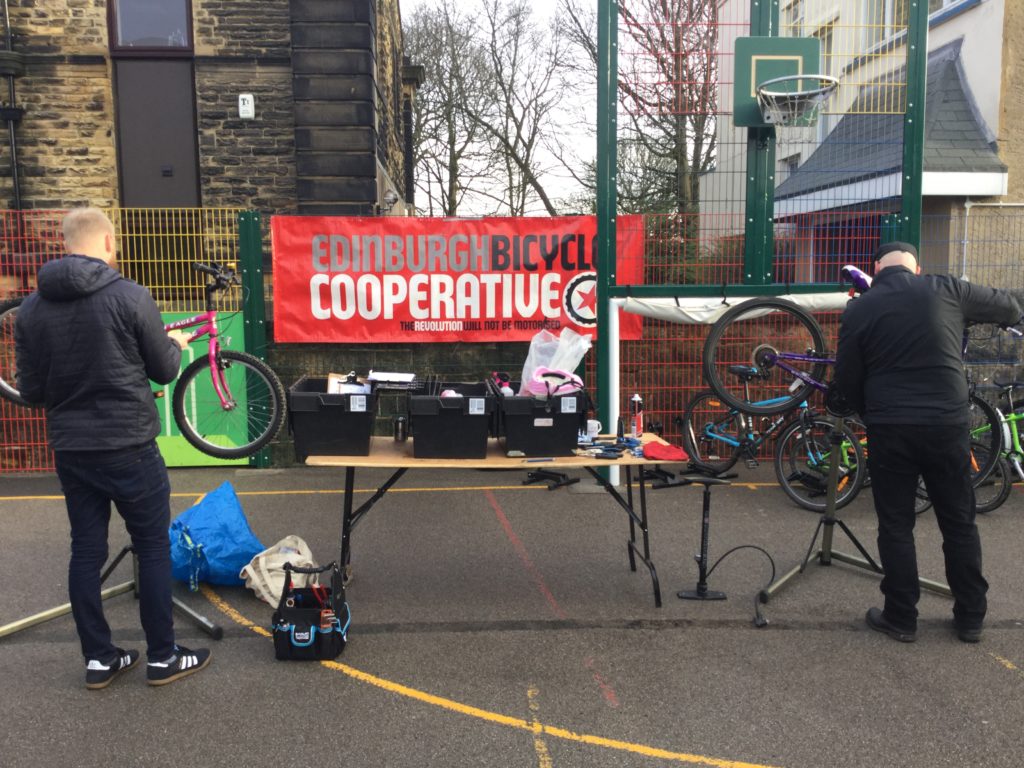
Thank you to Barrie and Christine, local volunteers from the Royal National Lifeboat Institution (RNLI), who are delivering water safety sessions to children in Reception to Year 4 across the day.
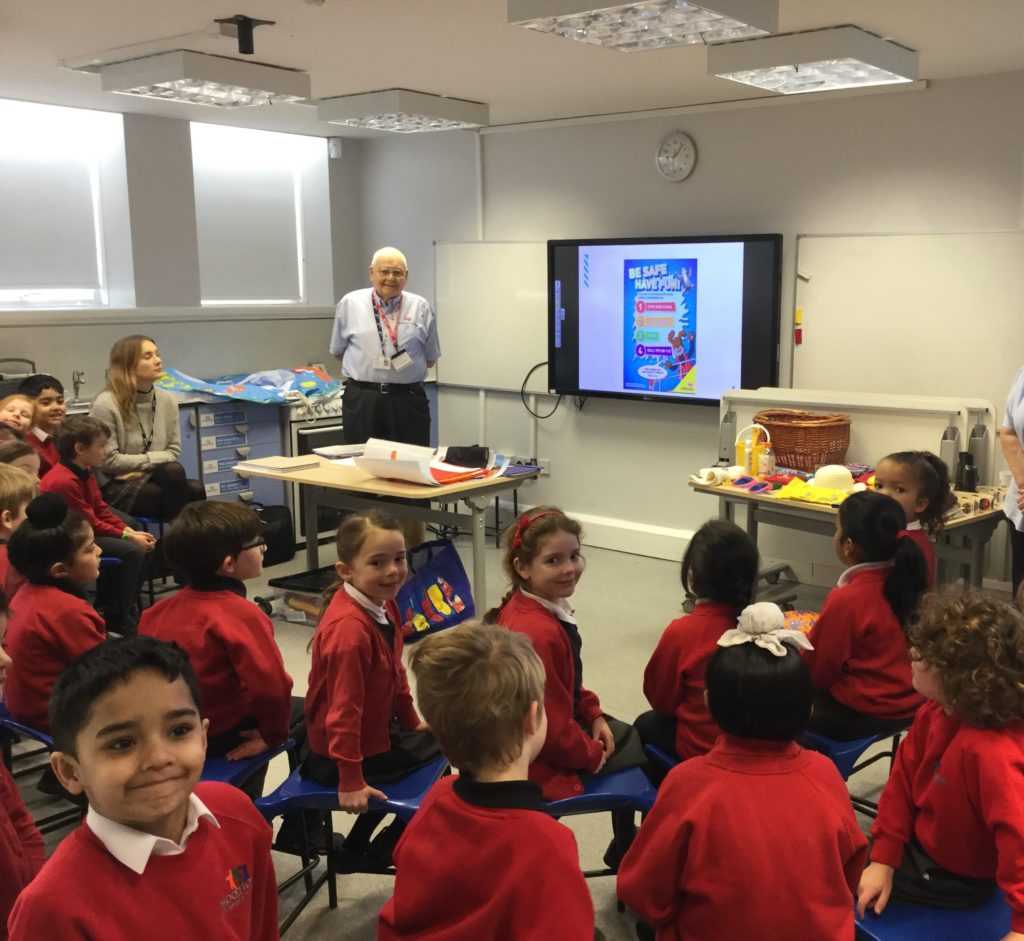
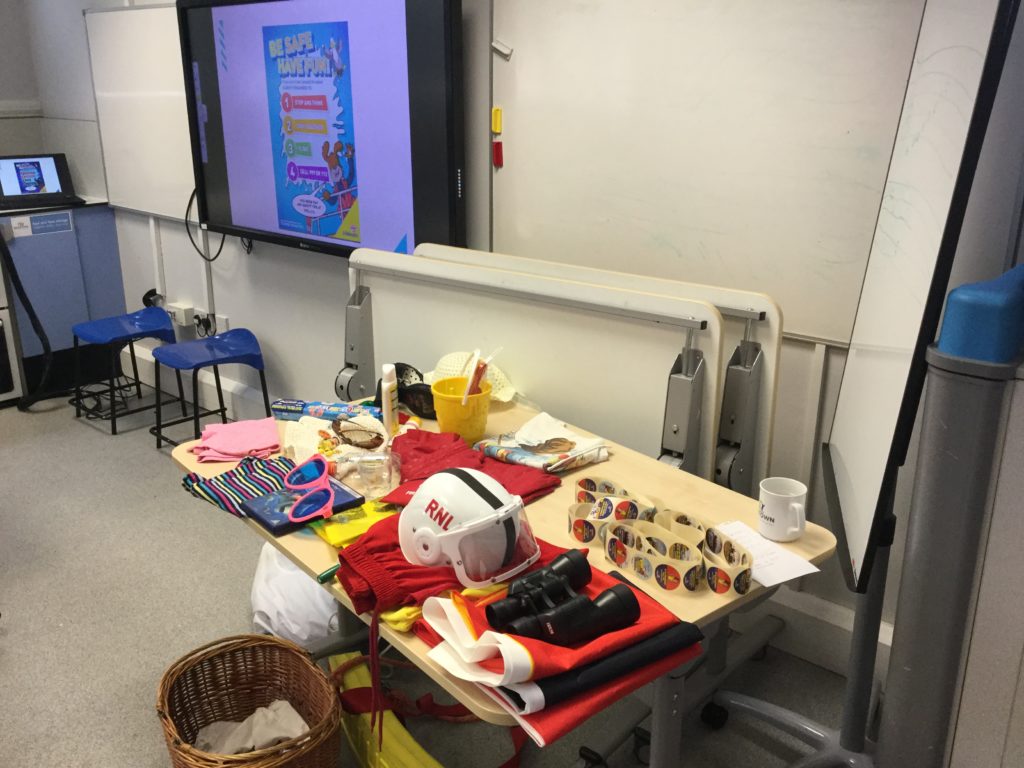
Dave from dside is with us today and Friday to deliver e-safety sessions to children in Year 1 to Year 6.
Finally, this afternoon, the Moortown Fire Service visit us to deliver a fire safety talk to Year 5.
These are just some of the visitors supporting our Staying Safe themed week to enhance our staying safe learning.
Living and Learning: Staying Safe at home
I can stay safe at home is one of our main areas of learning this week.
We used this interactive story to consider different dangers that could be found in the home.
Tiger the Cat sees Poppy being taken off to hospital in an ambulance and learns that she has been hurt at home. He is determined to go through the house and find out how she might have hurt herself, in order to make the house safer for the family. The story shows different rooms or areas around the house (kitchen, lounge, hall, landing, bedroom, bathroom, garden, garden shed) – each has a number of potential dangers.
Can your child remember the dangers found in the kitchen below?

Here is a summary of the Year 2 learning about keeping safe at home.


